Art Nouveau and the Classical Tradition
Art Nouveau was a style for a new age, but it was also one that continued to look back to the past. This new study shows how in expressing many of their most essential concerns – sexuality, death and the nature of art – its artists drew heavily upon classical literature and the iconography of classical art. It challenges the conventional view that Art Nouveau's adherents turned their backs on Classicism in their quest for new forms. Across Europe and North America, artists continued to turn back to the ancient world, and in particular to Greece, for the vitality with which they sought to infuse their creations.The works of many well-known artists are considered through this prism, including those of Gustav Klimt, Aubrey Beardsley and Louis Comfort Tiffany. But, breaking new ground in its comparative approach, this study also considers some of the movement's less well-known painters, sculptors, jewellers and architects, including in central and eastern Europe, and their use of classical iconography to express new ideas of nationhood. Across the world, while Art Nouveau was a plural style drawing on multiple influences, the Classics remained a key artistic vocabulary for its artists, whether blended with Orientalist and other iconographies, or preserving the purity of classical form.
{{comment.content}}

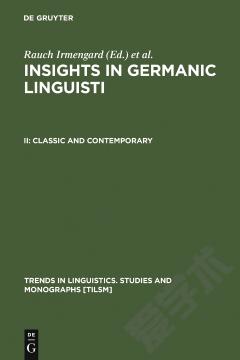
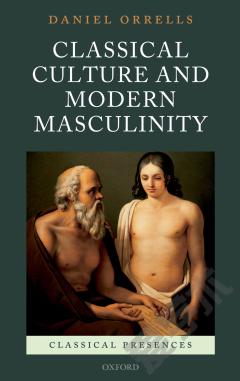
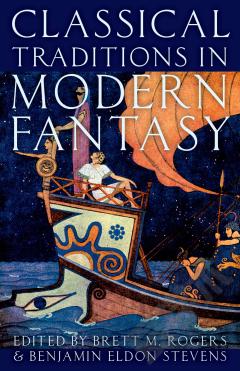
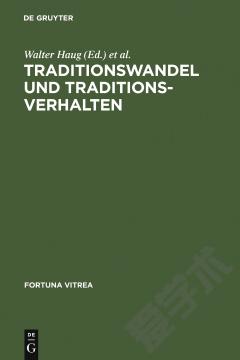
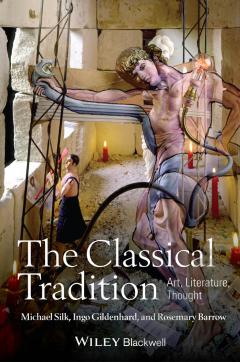
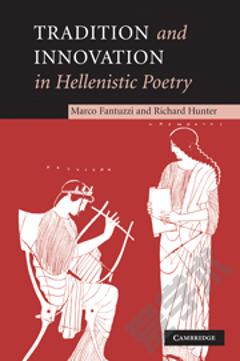

 京公网安备 11010802027623号
京公网安备 11010802027623号